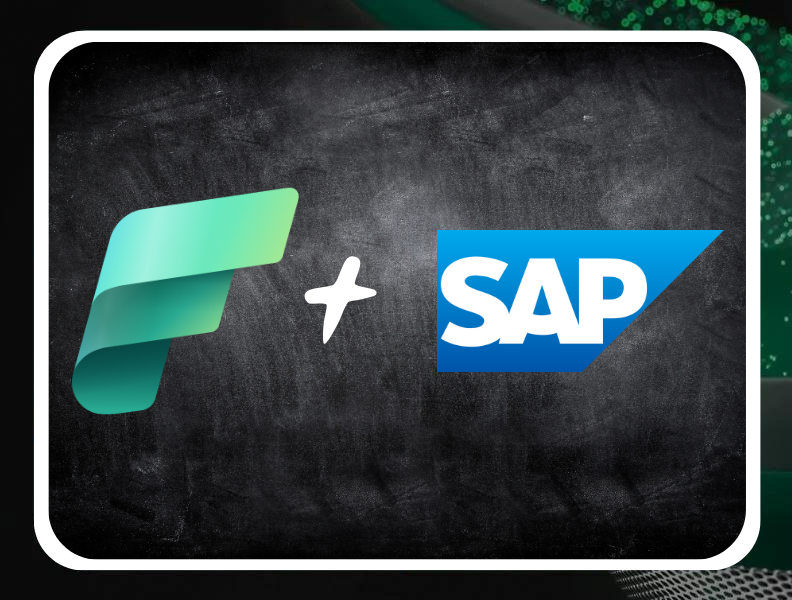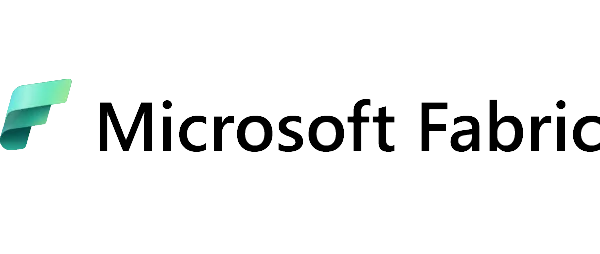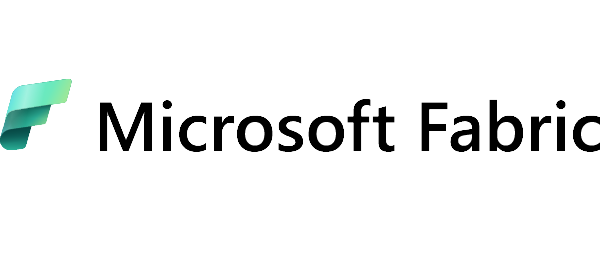
Integrating data from SAP systems into Microsoft Fabric is a key step for companies aiming to optimize business processes and leverage advanced real-time analytics. SAP, as one of the most popular ERP solutions worldwide, collects vast amounts of data that can be used for strategic business management. Microsoft Fabric, on the other hand, offers a suite of analytical and cloud tools that enable efficient data processing and analysis. Combining both environments allows for centralized information, improved operational efficiency, and better business decision-making.
Benefits of integrating SAP with Microsoft Fabric
Data centralization and standardization
SAP generates data across multiple business modules, such as finance, supply chain management, production, and HR. Microsoft Fabric enables the aggregation and unification of this data in one place, eliminating data silos and improving analytical quality.
Increased operational efficiency
Automating ETL (Extract, Transform, Load) processes with tools like Azure Data Factory or Synapse Pipelines reduces the need for manual intervention and minimizes errors.
Scalability and data processing flexibility
Microsoft Fabric provides a flexible cloud infrastructure that allows for handling large data volumes and rapid real-time processing, which is essential for dynamically growing companies.
Security and compliance
Microsoft Fabric offers advanced access control, encryption, and auditing mechanisms, ensuring compliance with GDPR and other data protection regulations.
SAP to Microsoft Fabric data integration process
1. Preparing data in SAP system
Before starting the integration process, it is essential to determine which data is needed and configure appropriate connectors, such as SAP OData Connector, SAP BW Connector, or SAP HANA Connector.
2. Transferring data to Microsoft Fabric
ETL tools like Azure Data Factory can be used for data transfer, as they support SAP connectors, enabling automated processing and transformation of data.
3. Creating a data model
Data transferred to Microsoft Fabric is structured and optimized for business analysis in Synapse Analytics or Data Lake.
4. Visualization in Power BI
Finalized data models can be imported into Power BI, where users can create interactive reports and dashboards.
Challenges and best practices
Challenges
- Data Complexity – SAP systems store data in complex structures, which may require additional processing.
- Security – Ensuring secure access to sensitive data and compliance with regulations is crucial.
Best practices
- Optimizing SAP Queries – Applying filters in SAP queries ensures that only necessary data is retrieved.
- Automating ETL Processes – Using tools like Data Factory enables regular data updates without manual intervention.
- Monitoring and Auditing – Implementing logging of data access and operations helps prevent errors and ensures compliance with company policies.
Examples of SAP and Microsoft Fabric Integration Applications
Financial Analysis and Controlling
Microsoft Fabric enables the integration of SAP financial data with BI tools, allowing for real-time financial performance monitoring.
Supply Chain Management
Analyzing SAP data in Microsoft Fabric improves demand forecasting and optimizes logistics processes.
HR Optimization
Integrating SAP HCM with Microsoft Fabric enables workforce analytics, employee turnover monitoring, and training program effectiveness evaluation.
Conclusion
Integrating data from SAP systems into Microsoft Fabric allows companies to better utilize their resources and make more informed business decisions. Process automation, advanced analytics, and cloud-based data centralization are key advantages of this solution.
Would you like to implement SAP integration with Microsoft Fabric in your company? Contact us to learn how we can help!



